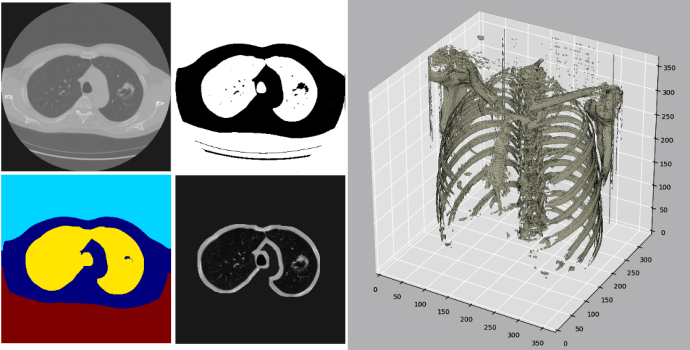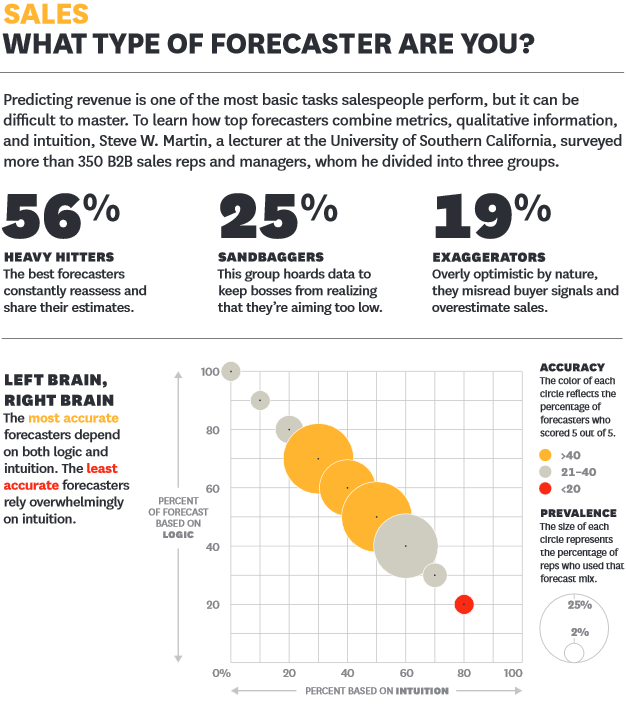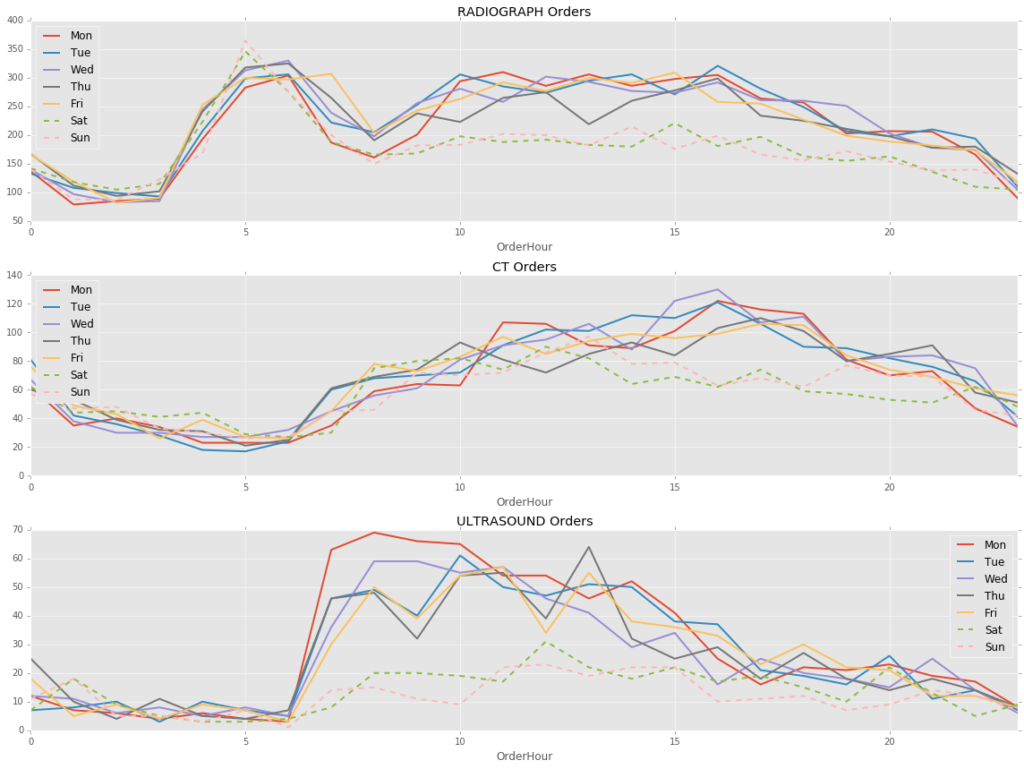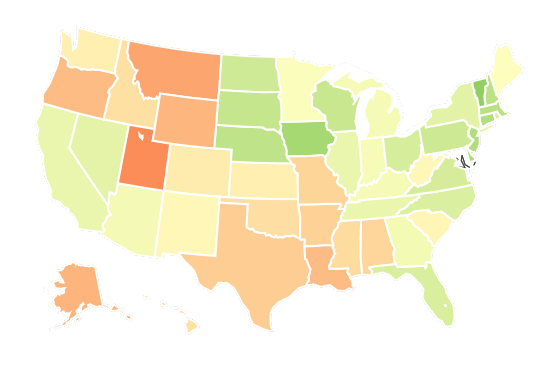There’s an origin story for every superhero; even those without superpowers (like Batman – that’s right) got started somewhere. What we sometimes forget is that there is also an origin story for every regular person, every profession, every hobby.
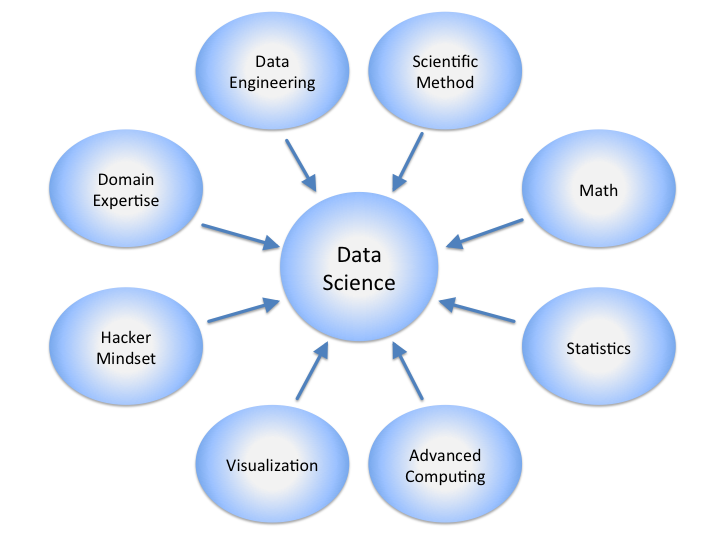
Source: Wikimedia Commons
If you’re a radiologist looking to learn a few things in radiology data science, a simple web search will reveal a seemingly overwhelming amount of material you might have to know.
Fortunately, only a very small subset is necessary to start being productive. Here are a few resources I used to get started.

